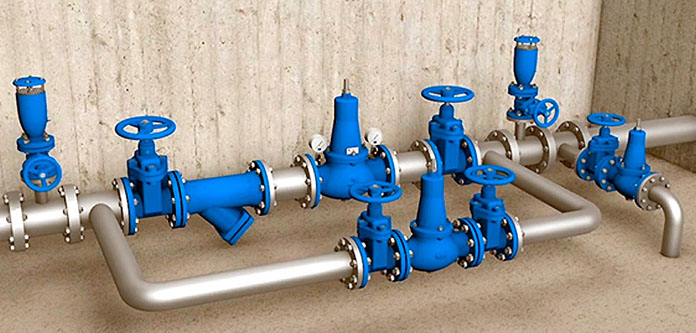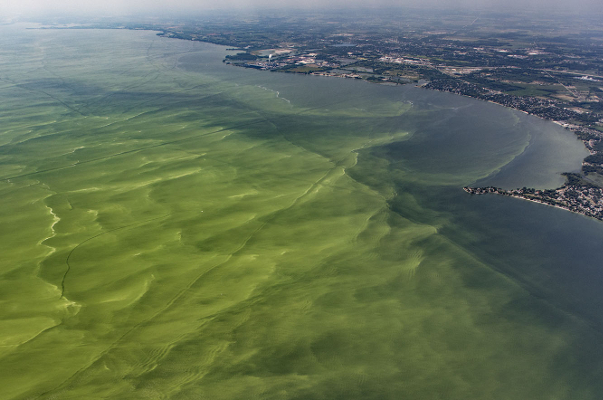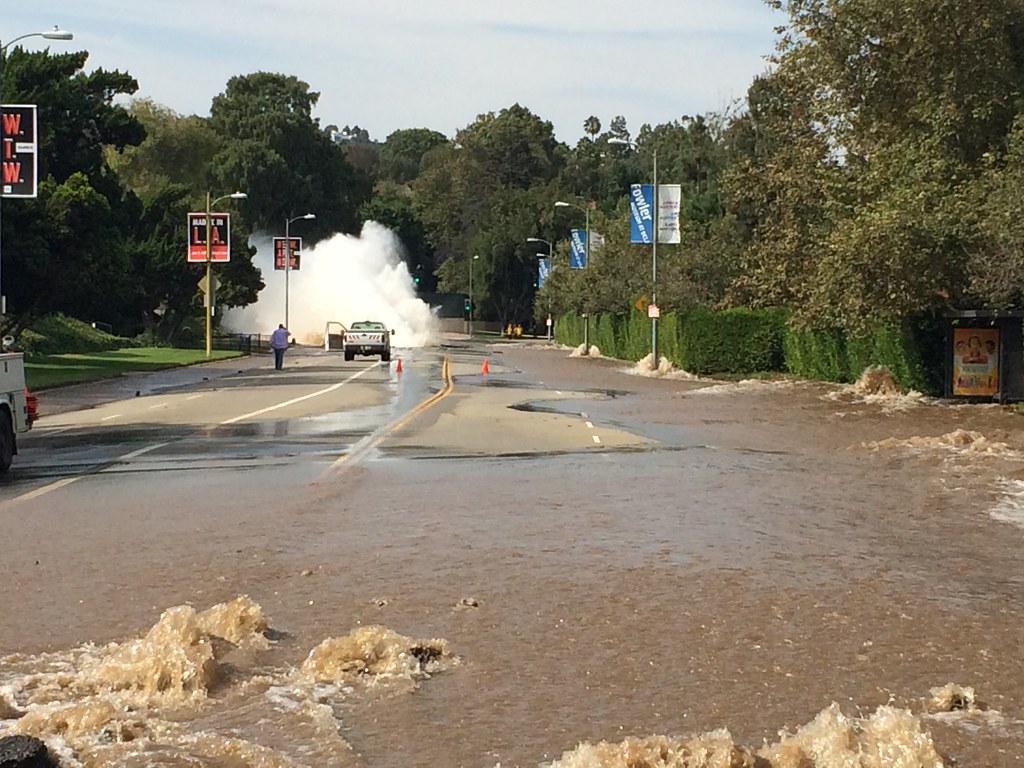The Importance of Sealing Technology in Piping Valves
Leveraging Sealing Technology in Piping Valves for Optimal Safety & Efficiency

Importance of Sealing Technology
Advanced sealing technology stands as a linchpin in the operational efficacy of valves. It guarantees precise control over fluid flow, mitigating the risk of leakage and consequential damages. The technology's refinement is essential in enhancing the reliability and robustness of industrial processes, impacting sectors ranging from manufacturing to municipal water management.
Components of Advanced Sealing
The synthesis of valve seal material, seal shape, and valve type underscores the potency of advanced sealing technology. This harmonization provides a broad spectrum of solutions catering to varying industrial demands, ensuring optimal performance, durability, and adaptability. The nuanced configuration of these components is instrumental in tailoring valves to specific operational needs and environmental conditions.
Tailoring Piping Valve Selection
Influencing Factors
Numerous considerations weigh into the selection of a piping valve, from the environment of application to the nature of the fluids being controlled. Temperature resilience, wear resistance, and specific functional requisites play critical roles in dictating the appropriateness of valve materials and designs, shaping the overall efficiency and reliability of fluid control systems.
Optimizing Efficiency in De-watering Projects
Effective valve selection is pivotal in de-watering projects. When valves seal correctly, they maintain pump priming, thereby maximizing pump efficiency and minimizing project overheads. This efficiency is not just a technical triumph but a financial boon, ensuring the economic viability of projects and optimizing resource allocation.
Economic Contributions & Flow Optimization by Piping Valves
Economic Implications
The economic ramifications of precise valve selection resonate through industries and economies. In sectors like mining, the successful implementation of valves directly correlates with the extraction capabilities, affecting production volumes, revenue streams, and, subsequently, the broader economic landscape.
Infusion of Capital in Regions
Valves empower companies to undertake and successfully conclude de-watering projects, fostering economic development in associated regions. This infusion of capital aids in regional development elevates living standards, and promotes socio-economic equilibrium, making it a critical component in regional developmental strategies.
Community Protection and Environmental Conservation
Averting Environmental Disasters
The strategic implementation of valves like Duckbill check valves is central to environmental conservation efforts. They facilitate effective water management, preventing floods and mitigating the adverse effects of water accumulation. These valves act as safeguards, protecting ecosystems and communities from the devastating impacts of environmental calamities such as the Toledo Water Crisis in 2014 and the Deepwater Horizon Oil Spill in 2010 . Both of these events were caused by preventable valve failure.

Case Study: Toledo Water Crisis (2014):
Incident: In early August 2014, approximately 500,000 residents of Toledo, Ohio, and several of its suburbs were warned not to drink or boil the water from their taps.
Cause: The primary reason for the warning was the presence of a toxin called microcystin, which resulted from algae blooms in Lake Erie (seen above). While the bloom was caused by various environmental factors, including agricultural runoff, there was a failure in the water treatment process that allowed the toxin to reach the tap water. A valve malfunction in the Collins Park Water Treatment Plant, which serves the Toledo area, allowed the toxin-laden water to flow into the treated water storage tanks.
Consequences: For about three days, residents couldn't drink tap water or use it for cooking. The state had to bring in bottled water to support the affected population. The incident raised alarms about the state of the nation's water infrastructure and the potential risks posed by harmful algal blooms. While no deaths resulted from this crisis, it disrupted daily life significantly for the residents and highlighted vulnerabilities in the water supply system.
Regular maintenance, timely updates to infrastructure, and swift emergency responses are crucial in preventing such incidents from recurring.
Enhanced Safety through Pressure Relief Valves
Pressure relief valves are integral safety components in varied settings, from industrial plants to public infrastructures. They alleviate pressure build-ups, negating the risks associated with over-pressurization. This preventive mechanism is vital in averting accidents and ensuring the structural integrity of systems, reinforcing safety standards across applications.
Sustainability through Material Selection in Piping Valves
Importance of Material Selection
Material selection transcends mere constructional considerations; it is a sustainability statement. The adoption of durable, corrosion-resistant materials extends the life cycle of valves, reducing the need for frequent replacements and consequently, minimizing environmental footprints. It champions sustainability while ensuring operational efficiency and reliability.
Durable and Corrosion-resistant Solutions
Employing materials that withstand corrosive environments is essential in developing resilient infrastructures. These materials mitigate degradation, enhance operational life, and reduce maintenance exigencies. The resultant solutions are not just robust but also economically and environmentally prudent, underscoring the importance of material selection in valve construction. Below are two real-world scenarios which highlight the importance of preventing valve corrosion:

Case Study 1: Municipal Water Main Breaks:
Incident: Cities around the world sometimes experience significant water main breaks where large volumes of water flood streets, basements, and public areas, causing extensive property damage.
Cause: Among the reasons for such breaks, one is the corrosion of older valves and pipes. Over time, due to various environmental and chemical factors, these components can corrode and weaken. When subjected to pressure fluctuations or other stresses, a corroded valve or pipe might fail, causing the break. Valve corrosion can prevent effective shut-off, leading to continuous water flow and exacerbating the effects of a main break.
Consequences: While typically not resulting in fatalities, these events can be disruptive. They may cause road closures, property damage, water supply interruptions, and costly repairs. Affected residents might be without water for extended periods or be advised to boil water due to potential contamination. Moreover, businesses can be affected, and public transportation may be disrupted.
Specific cases will vary based on the city and the exact circumstances of the infrastructure failure. However, these types of incidents highlight the need for regular inspection, maintenance, and updating of municipal water systems to prevent valve corrosion and other issues that might lead to infrastructure failure.
Case Study 2: Guadalajara Explosions (1992):
Incident: On April 22, 1992, a series of powerful explosions devastated the Reforma neighborhood in the sector of Analco in Guadalajara, Jalisco, Mexico. The blasts destroyed around eight kilometers of streets, killing at least 200 people, injuring nearly 1,500, and leaving thousands homeless.
Cause: The explosions were caused by a buildup of gasoline vapors in the city's sewer system. One of the primary reasons for the gasoline leak into the sewer system was the corrosion of an underground pipeline valve. The pipeline, which was owned by the state-owned oil company PEMEX, had experienced significant corrosion, leading to gasoline seeping into the sewers. Over time, the gasoline vapors built up to dangerous levels, and the spark that ignited them could have come from any ordinary activity like turning on a light switch or starting a motor vehicle.
Aftermath: The explosions drew attention to the lack of maintenance and monitoring of infrastructure. Many buildings were entirely demolished, and the damage extended to thousands of houses, leaving a significant part of the city in ruins. In the aftermath, there were extensive investigations, resulting in charges against several city officials and PEMEX employees.
The Guadalajara explosions serve as a stark reminder of the devastating consequences of neglecting infrastructure maintenance, particularly in critical systems like oil and gas pipelines. The documentary ‘Fascinating Horror’ shows the extent of the incident.
Conclusion
The multifunctionality and innovation encapsulated within piping valves highlight their indispensability in modern industrial landscapes. The interplay of advanced sealing technology, precise selection, and sustainability initiatives elevates the role of valves from basic flow controllers to enablers of economic development, environmental conservation, and community safety. Recognizing and leveraging the full spectrum of capabilities offered by valves are crucial steps in optimizing industrial processes, fortifying infrastructures, and fostering sustainable development.

